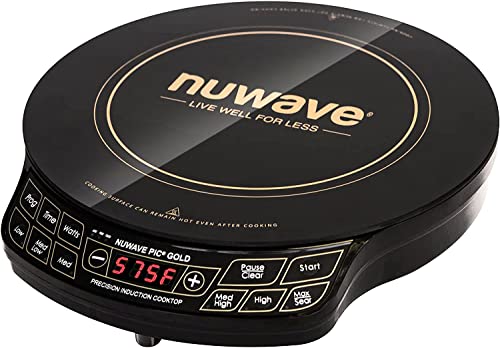But even a few years ago before chinese mppt's hit the market when the panels were half the price but double the voltage it was a ridiculous buy. You'd pay $200 for 100w / 17.xv panel and a $50 controller. Or you'd buy a $120 100w / 34v panel and a $350 controller thinking you'll get 10% more efficiency overall. You spent $225 more for what you thought was 3 amps a day.
Then it turned out your 100w 34v panel outputs 2.9a 95% of the time (instead of 5.5a). In turn you went out and bought another panel or two then swore on the internet that you have a more efficient system AND you need 300w to run a 12v fridge and a laptop. and 120v fridges will fry a 600w system. It is truly amazing how just writing long, technical posts convinces people to spend thousands for a few low-current appliances.
The manuals will not convince the experts, the utterly debunked notions of efficiency will go on and on, and newbies will continue to wildly over-spend.
Then it turned out your 100w 34v panel outputs 2.9a 95% of the time (instead of 5.5a). In turn you went out and bought another panel or two then swore on the internet that you have a more efficient system AND you need 300w to run a 12v fridge and a laptop. and 120v fridges will fry a 600w system. It is truly amazing how just writing long, technical posts convinces people to spend thousands for a few low-current appliances.
The manuals will not convince the experts, the utterly debunked notions of efficiency will go on and on, and newbies will continue to wildly over-spend.









































































